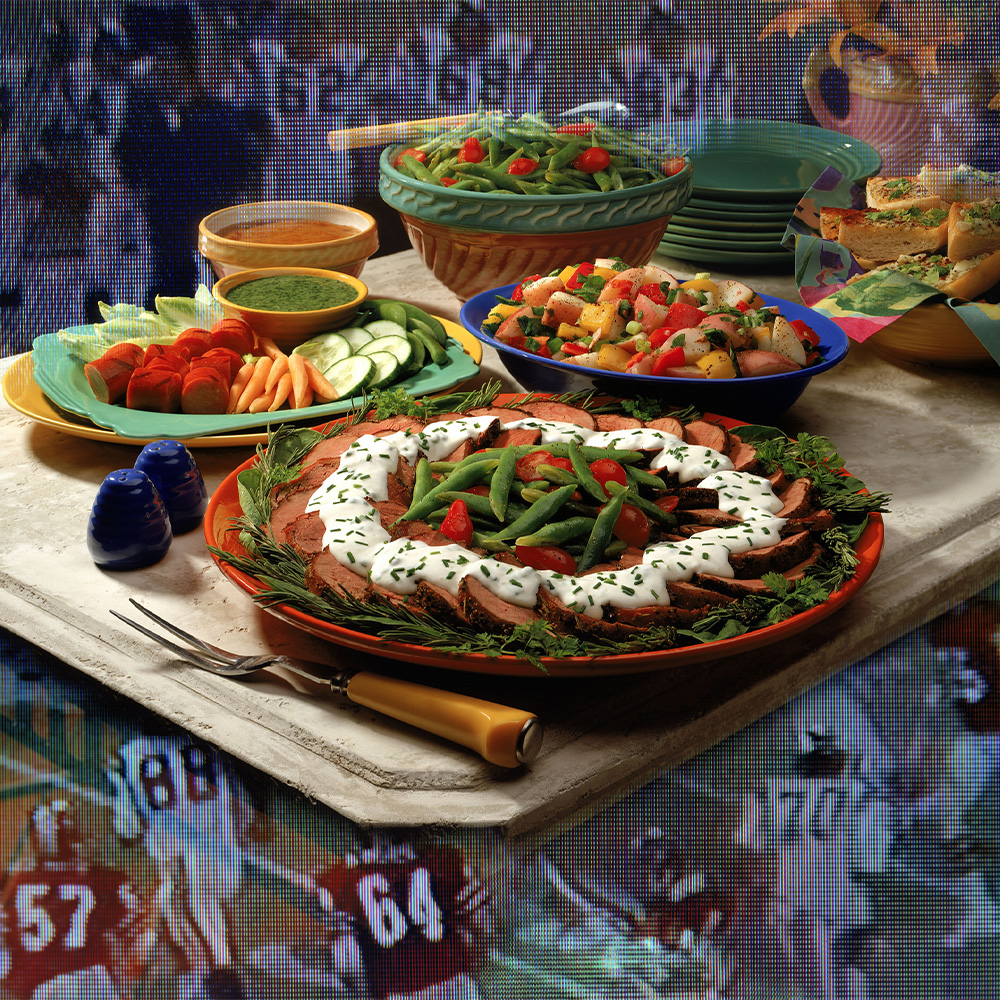Small, deliberate steps can lead to effective nutritional game plan
You confidently started off 2018 with a surefire resolution. The growing bulges that have been bugging you were going to magically melt away. Twenty, 30, 50 pounds would disappear, and you would be a new person by swimsuit season.
But, after a few weeks, you might be back to doing the same old (wrong) things all over again. And make no mistake – those holiday get-togethers have left telltale evidence for those courageous enough to take a good, long look in front of a full-length mirror.

The good news is there’s hope, and help. Most people know the basics – that a healthy diet includes olive or canola oil rather than butter, less animal protein and processed foods, and more fish, beans, whole grains, and vegetables. Too many people, however, try to tackle weight loss issues without taking into account the many small steps that lead to an overall healthier person. Dr. Jo Ann Carson, Professor of Clinical Nutrition at UT Southwestern and a faculty member of the Center for Human Nutrition, breaks down a few of her keys to eating healthy and losing weight the right way:
- Forgive rather than forget. If you’ve selected a plan, diet, or set of goals, don’t abandon them if you have a bad day. “All of us are human and can fall off whatever wagon we’re hitched to,” says Dr. Carson, who is serving as Nutrition Committee Chair of the American Heart Association through 2018. “When those slip-ups happen, you need to wake up the next day and begin anew. There are no ‘I can’t do this’ endings to a healthier you.”
- Plan it out. No goal will be attained if you don’t really think about good choices. “I make a habit of purchasing fresh fruits and vegetables every time I go to the grocery store, even when I’m only picking up a few things,” she says. “Then it’s easier to use them once they’re in my home.”
- Every component, every meal. Most dietary plans call for fruits and vegetables, proteins (lean meats, fish, nuts), and carbohydrates (grains). But if all components aren’t included in breakfast and lunch, for instance, it’s hard to account for five servings of fruits and veggies at dinner. “If you’ve selected oatmeal or yogurt for breakfast, throw in a handful of blueberries, or strawberries, or bananas. That gets you a portion,” says Dr. Carson. “For lunch, maybe choose a salad with a protein choice like a chicken breast or have a sandwich on whole grain bread with a side of tasty, miniature tomatoes. You can’t backload your daily meals or you will only get frustrated.”
- Understand your schedule. The “what-are-we-having-to-eat” question squashes the best of us. On-the-go schedules and fast-food choices inevitably are the worst ones for anyone trying to maintain a healthier lifestyle, Dr. Carson says. “I’ve had a busy life, both professionally and as a mother. I like to pull precooked meats out of the freezer, add a side that I already have in the fridge, and have deconstructed salads with ingredients always chilled and ready.”
- Recognize weaknesses and treat yourself. If you crave certain foods, make them an occasional reward for doing well. There are four ways to address this: stop eating them altogether, eat them less often, take in smaller portions, or change the way they are prepared, Dr. Carson says. “If your weakness is chocolate, for instance, a small piece of dark chocolate rather than milk chocolate at the end of a good week helps.”
- Dietary confusion and exploration work. Avoid boredom by trying new fruits and vegetables. And go for protein and carbohydrate crossovers that work. For example, there’s great protein in beans and seeds (soy, kidney, hemp, and pumpkin top the list), cheeses (Parmesan, Gruyere, and Swiss) along with seitan and nuts (peanuts and almonds). Complex carbs are found in selections like breadfruit, sweet potatoes, taro, chickpeas, brown rice, and whole grains.
- Slow down. It actually takes about 15-20 minutes to realize you’re full. “Think about the times you’ve enjoyed a meal at a restaurant and then ordered dessert, only to make it carryout by the time it arrives,” Dr. Carson says. “You were full and didn’t know it.” Try serving meals at home over courses. Start with a healthy salad or soup, then the main dish, followed by a delayed dessert selection. You may find you can skip the third course.
- Pack in potassium. One of the cornerstones of a heart-healthy diet is lowering sodium intake. Studies of the DASH (Dietary Approaches to Stop Hypertension) diet also have shown that getting sufficient potassium is equally important. Serve foods rich in potassium such as fruits, milk, yogurt, lower-sodium tomato products (e.g., sauce, paste), and beans.
Learn more health and wellness tips from UT Southwestern
February is American Heart Month. The month also includes Congenital Heart Defect Awareness Week (Feb. 7-14).




